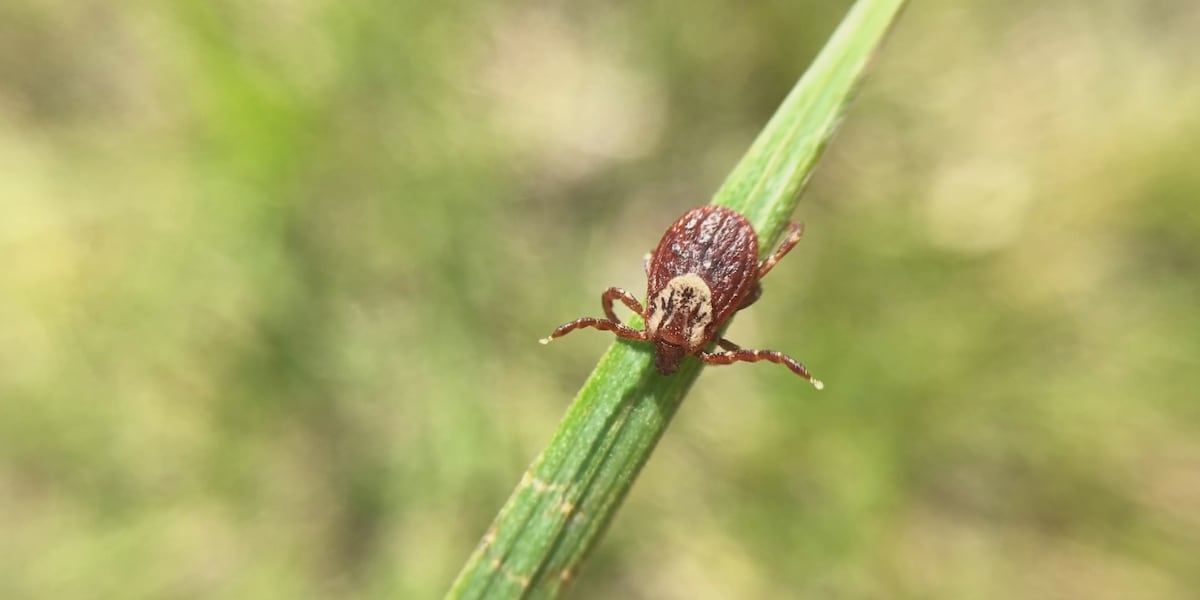Tick Alert: Aussie Experts Warn of Increased Risk as Summer Fun Heats Up

Kearney, Nebraska (adapted for Australian audience) – With summer officially underway and Australians embracing the great outdoors, health experts are issuing a crucial warning: be vigilant about ticks. As temperatures soar and more people hit the parks, beaches, and bushlands, the risk of tick bites increases significantly, potentially leading to serious health complications.
Ticks are small, parasitic arachnids that feed on the blood of mammals, birds, and reptiles. They’re particularly prevalent in grassy, wooded areas, and along waterways. While a tick bite itself might seem minor, the real concern lies in the potential transmission of diseases like Lyme disease, Ross River virus, and others. The impact of these diseases can range from debilitating joint pain and fatigue to more severe neurological problems.
Why the Increased Risk this Summer?
Several factors contribute to the heightened tick risk this summer. Warmer temperatures accelerate tick activity and breeding cycles. Increased human activity in natural environments means more opportunities for encounters. Furthermore, changes in land management practices and climate patterns can also influence tick populations and their distribution.
Protecting Yourself and Your Family: Essential Tips
Fortunately, there are many effective steps you can take to minimise your risk of tick bites:
- Wear Protective Clothing: When venturing into tick-prone areas, cover up as much skin as possible with long sleeves, long pants tucked into socks or boots, and a hat. Light-coloured clothing makes it easier to spot ticks.
- Use Insect Repellent: Apply a repellent containing DEET or picaridin to exposed skin and clothing. Follow the product instructions carefully.
- Stay on Marked Trails: Avoid walking through tall grass, bushes, and wooded areas. Stick to established paths whenever possible.
- Tick Checks are Crucial: After spending time outdoors, thoroughly check yourself, your children, and your pets for ticks. Pay particular attention to areas like the hairline, behind the ears, armpits, groin, and behind the knees.
- Remove Ticks Safely: If you find a tick, remove it carefully with fine-tipped tweezers. Grasp the tick as close to the skin as possible and pull straight up with steady, even pressure. Do not twist or jerk the tick, as this may leave the mouthparts embedded in the skin.
- Monitor for Symptoms: Be aware of the signs and symptoms of tick-borne diseases, such as fever, rash, headache, muscle aches, and fatigue. If you experience any of these symptoms after a tick bite, seek medical attention immediately.
What to Do If You're Bitten?
Keep the tick in a sealed container and bring it to your doctor. This can help with identification and monitoring for potential diseases. Cleaning the bite area with soap and water is also recommended. It's important to remember that not all tick bites result in disease transmission, but early detection and treatment are key to preventing complications.
Don't let ticks ruin your summer fun! By taking these simple precautions, you can significantly reduce your risk and enjoy the outdoors safely. Stay informed, stay protected, and have a happy and healthy summer!






